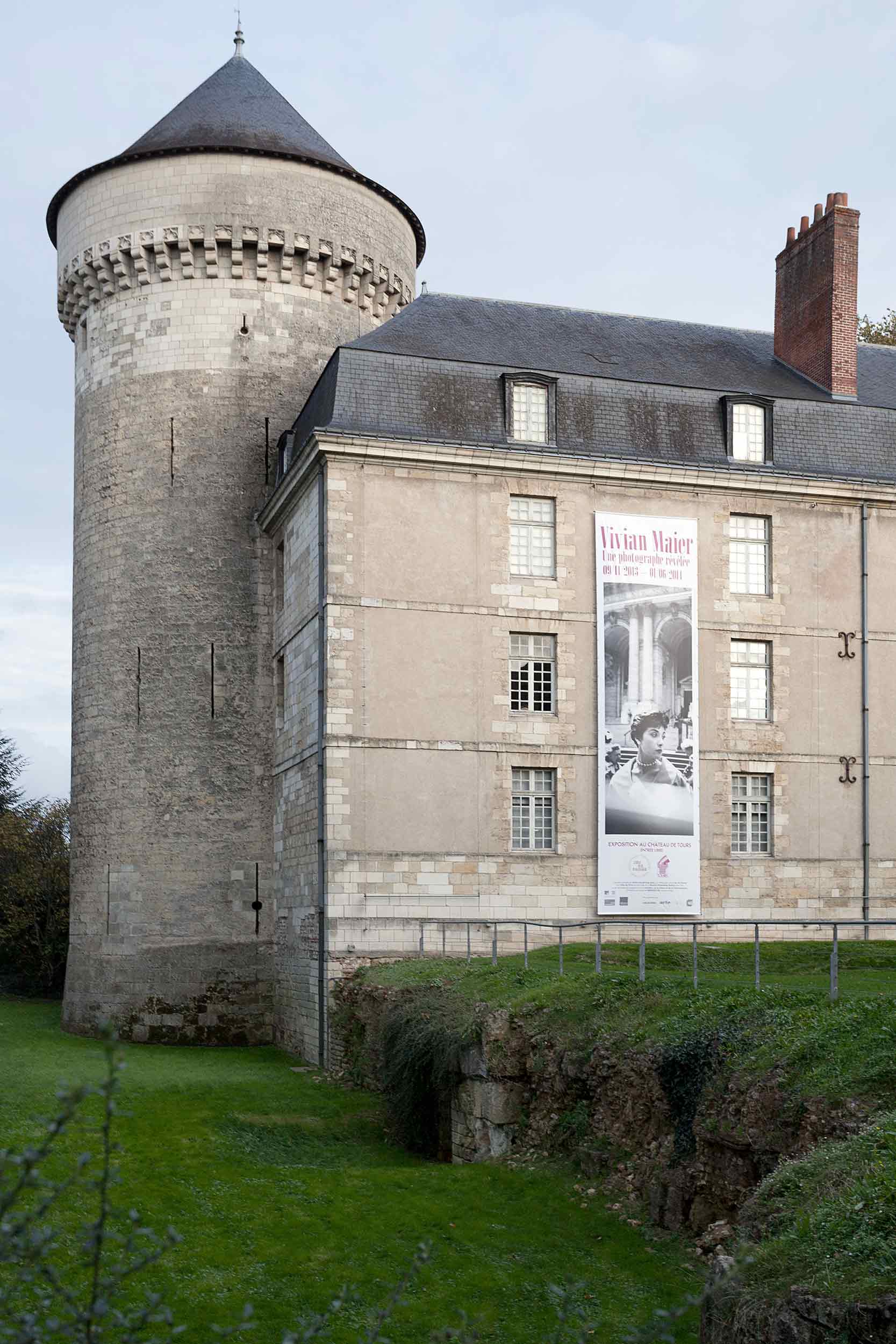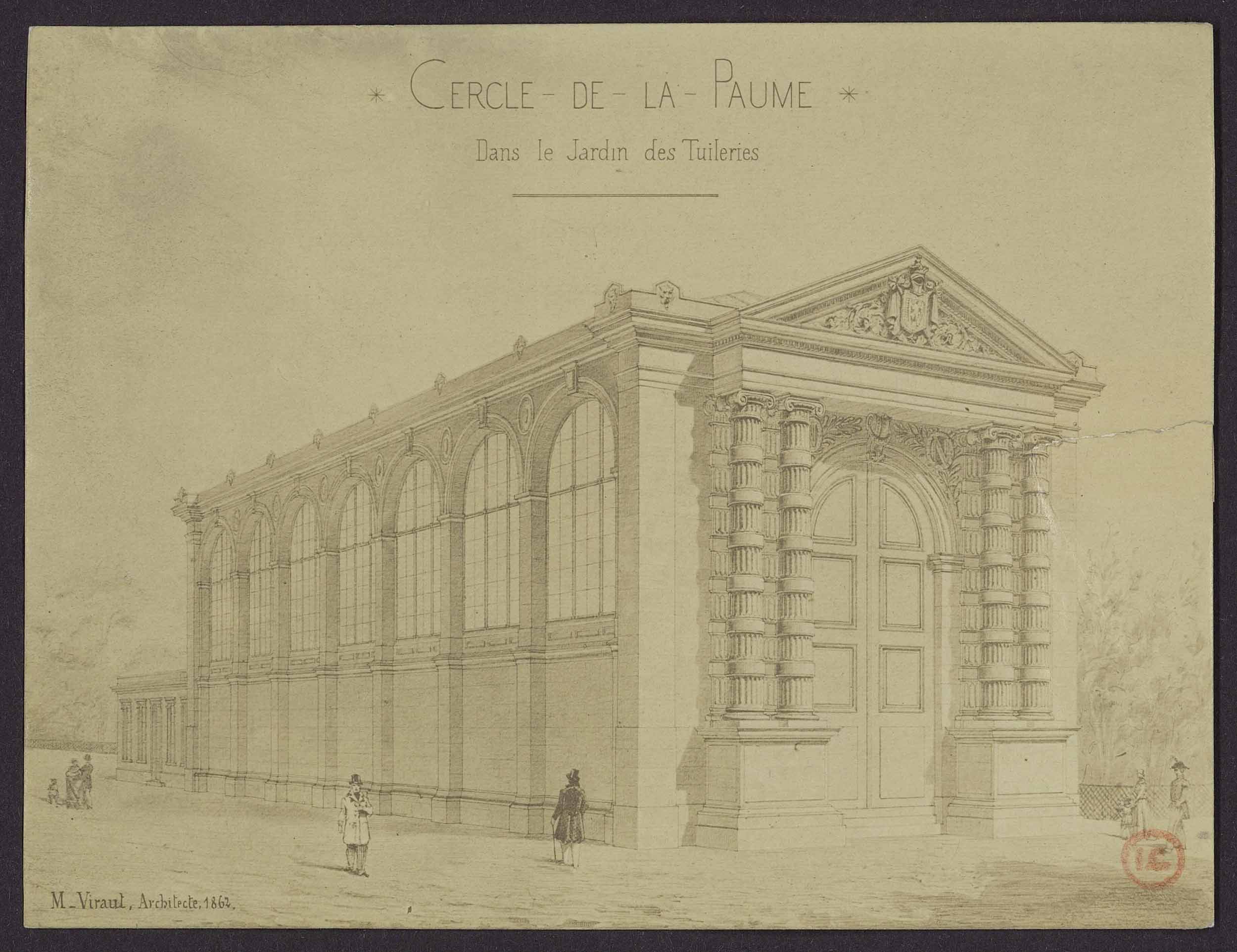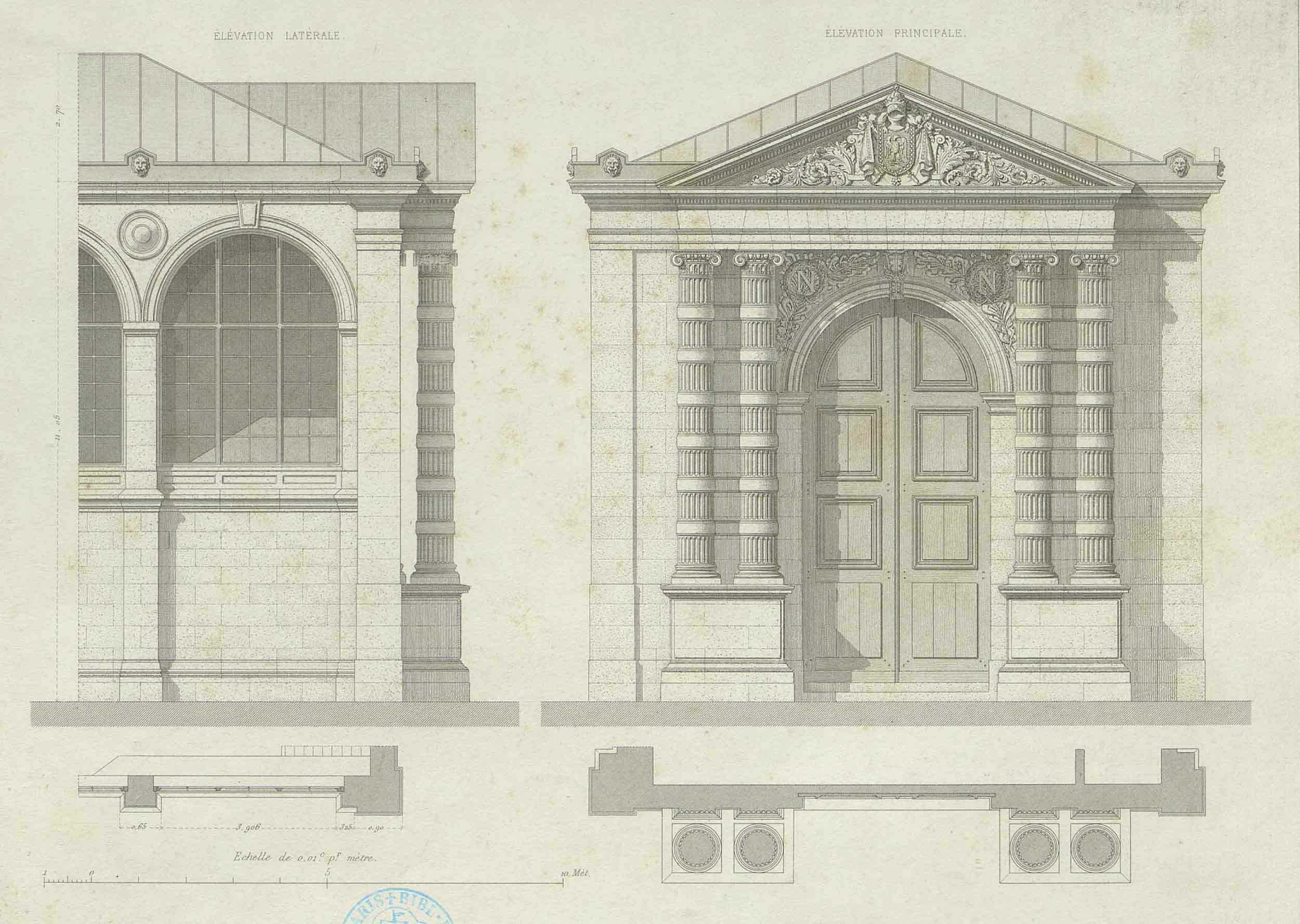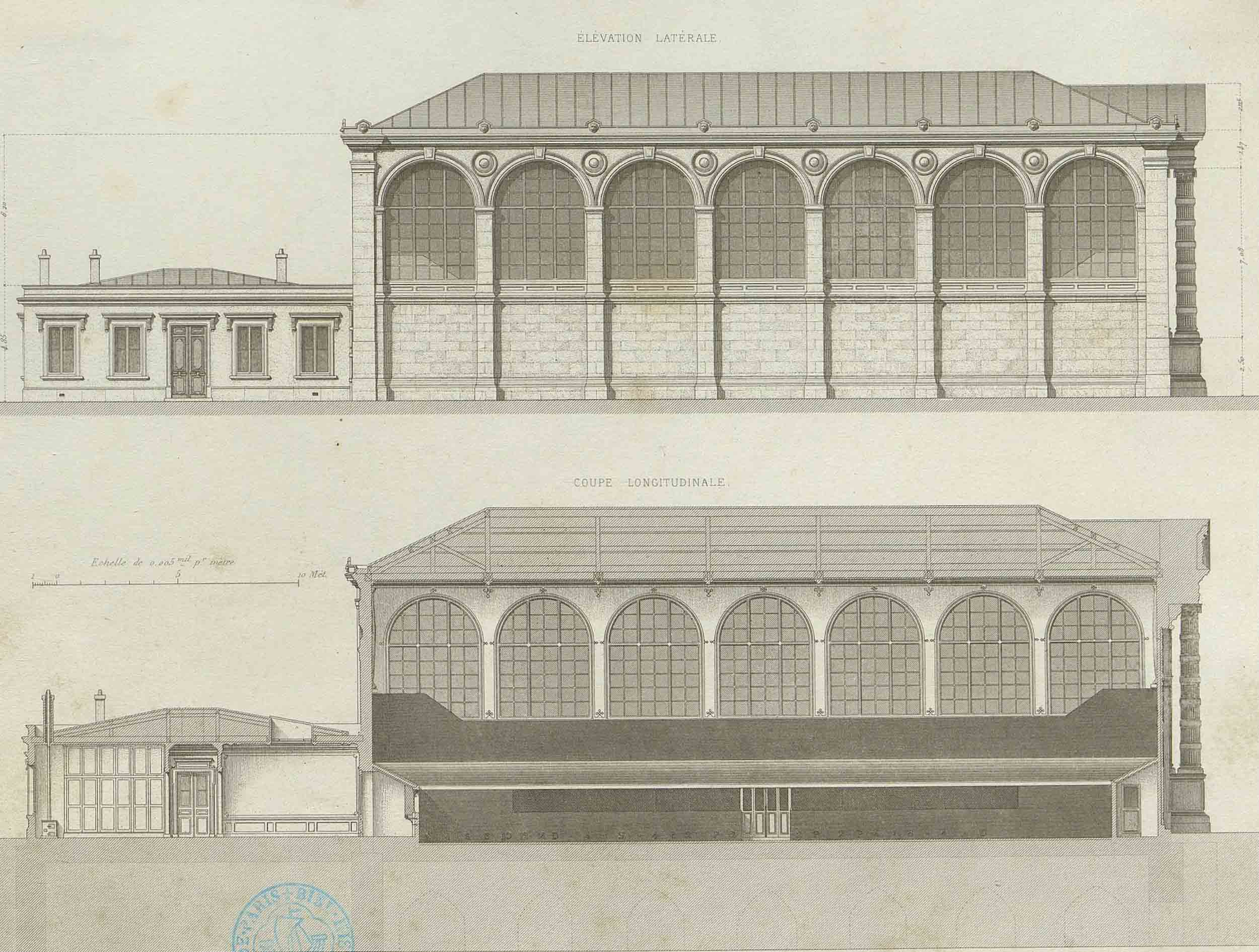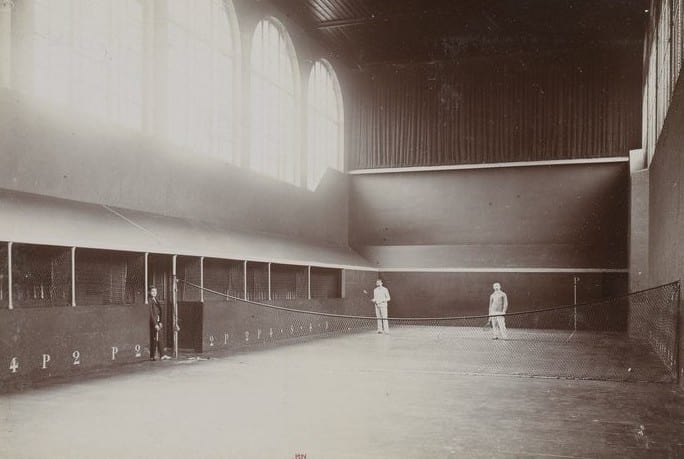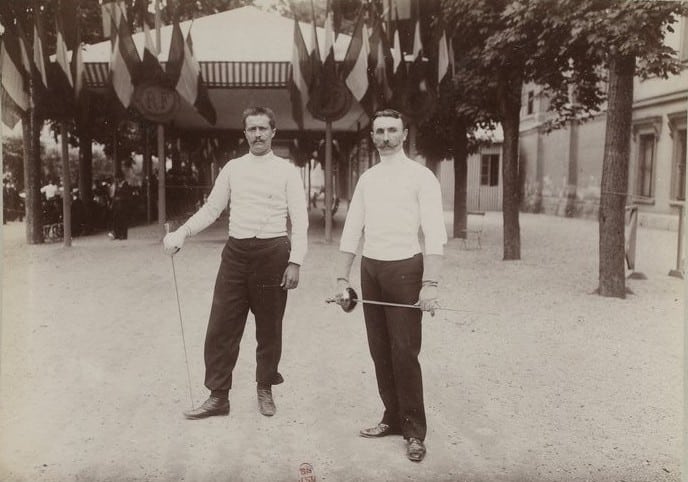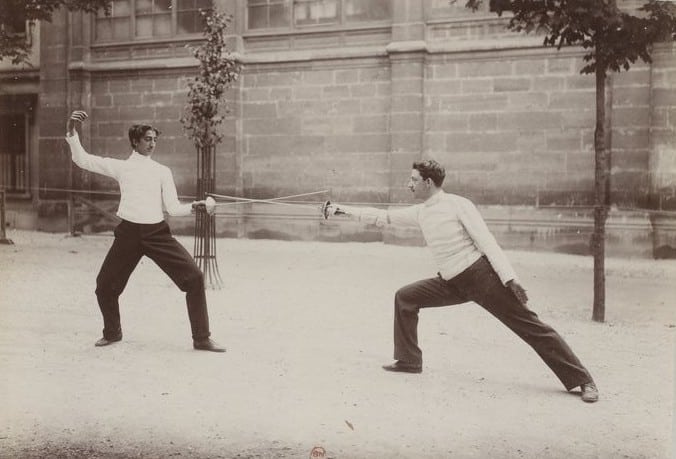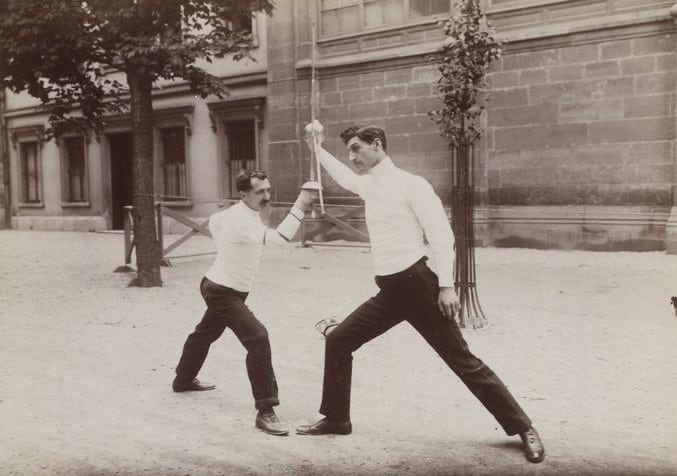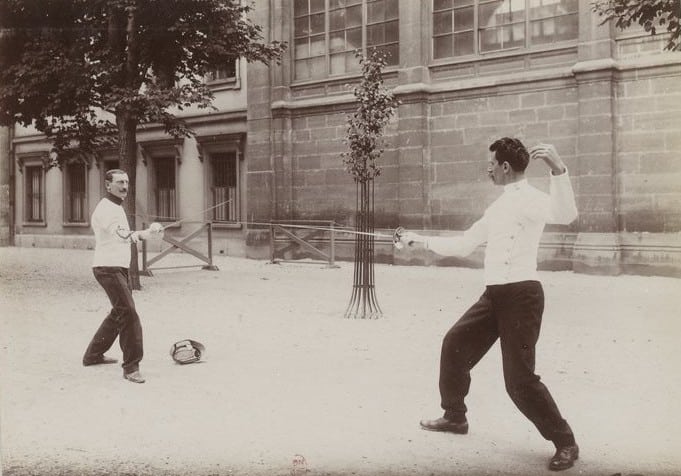1862-2024 : the History of Jeu de Paume
A sports venue, a Parisian museum and now an art center dedicated to the diffusion of images and photography… Discover the 1001 lives of this emblematic institution in the Tuileries Gardens.
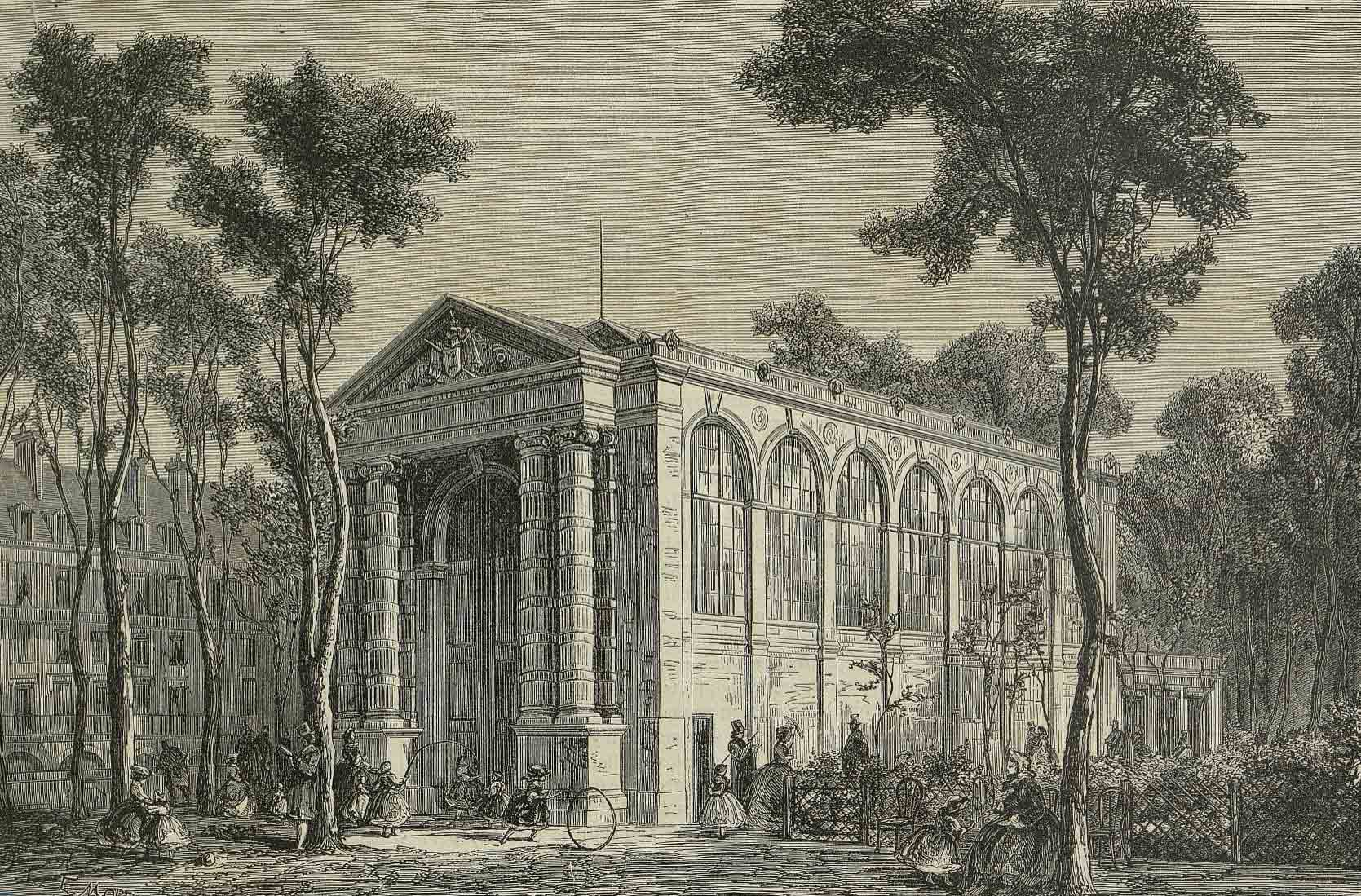
© Ville de Paris / BHVP
1862
In 1861, the construction of the Garnier Opera led to the demolition of a jeu de paume hall (a racquet sport, the forerunner of tennis) located in the Passage Sandrié in Paris’s 9th arrondissement. Napoleon III authorised the club to move to the north-west corner of the Tuileries Garden. The new jeu de paume hall, built by the architect Melchior Viraut, was inaugurated on 29 January 1862. Its construction was based on the decorative principles of the neighbouring Orangerie building, designed nine years earlier, for reasons of symmetry and urban composition.
1900
From 14 May to 28 October 1900, Paris hosted the second edition of the modern Olympic Games, alongside the Universal Exhibition. The Jeu de Paume terrace in the Tuileries Gardens was the venue for the epee competitions, immortalised by the sports reporter Jules Beau. The longue paume competitions were held in the Luxembourg Gardens.
1909-1922
As tennis took over from the jeu de paume, the building was abandoned and turned into an exhibition gallery. This is the first time in the history of Western art that a building that was not originally used for this purpose has been opened up for the display of works of art.
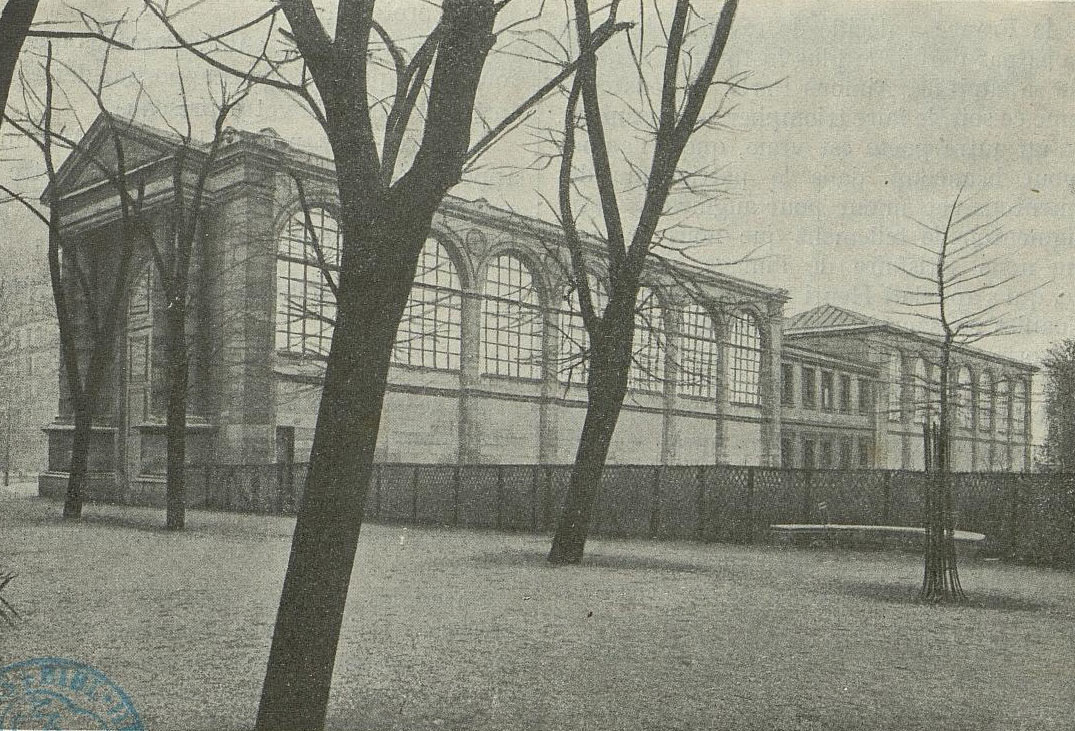
© Ville de Paris / BHVP
1914-1918
During the First World War, the building was used to distribute ration coupons.
1922-1939
The building became an annex of the Musée du Luxembourg, presenting the Contemporary Foreign Schools section, marking the entry of contemporary art into the museum. Between 1929 and 1932, a campaign of renovation work was carried out to adapt the building to its new museum function.
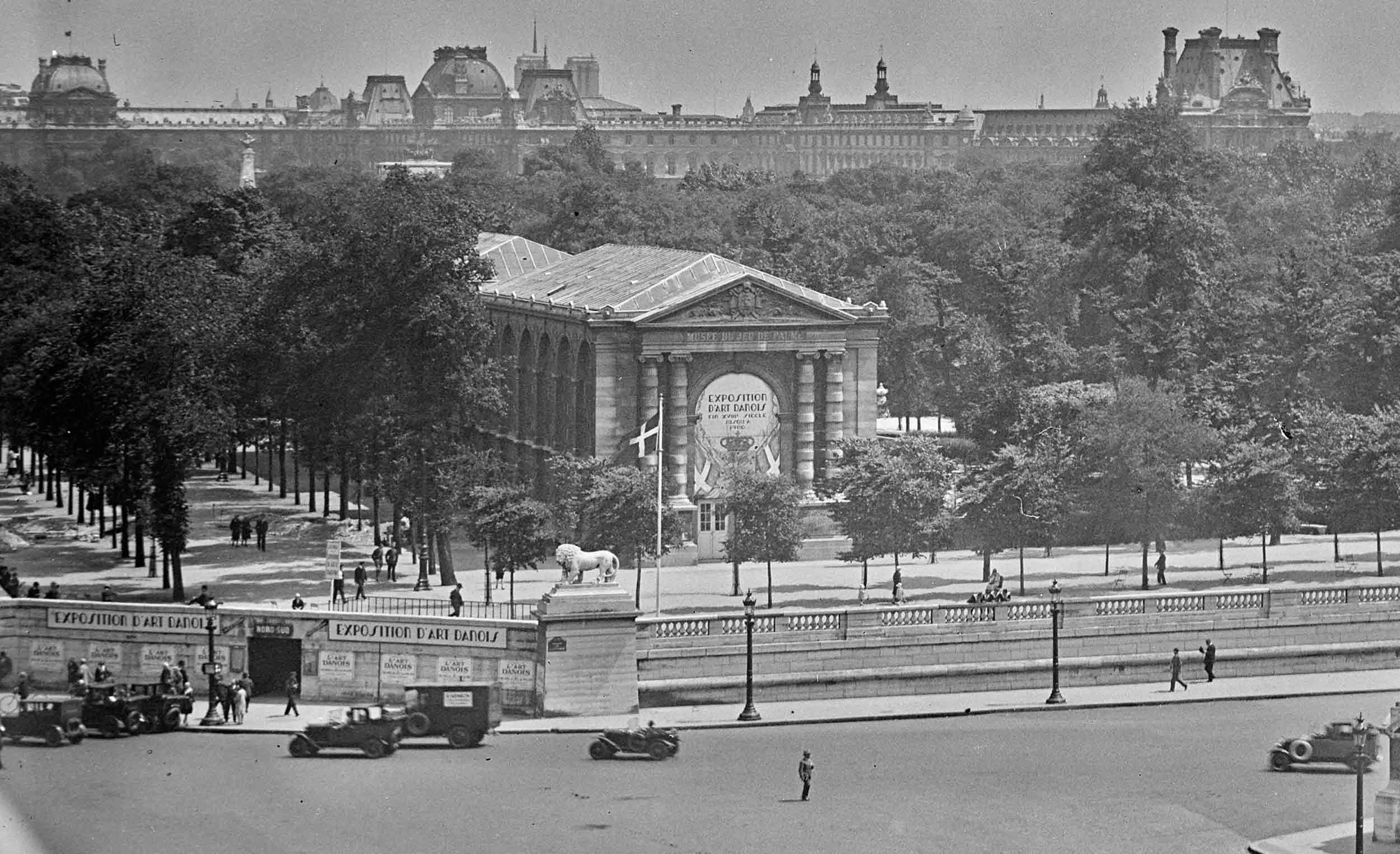
© Bibliothèque nationale de France
1939-1944
Requisitioned by the Nazis, the museum became a place of transit and storage for works of art looted by the Einsatzstab Reichsleiter Rosenberg.
1944-1946
The Commission de récupération artistique nationale moves into Jeu de Paume museum and returns the works looted during the war, thanks to the inventory made by the Resistance fighter Rose Valland.
1947-1986
In 1947, the Louvre’s Department of Paintings had the Impressionist collections moved to the Musée du Jeu de Paume, where they were exhibited until the Musée d’Orsay opened in 1986.

1991-2004
After rebuilding the interior of the building to plans by Antoine Stinco, the Galerie nationale du Jeu de Paume became a center for modern and contemporary art at the initiative of Jack Lang. It is directed by Alfred Pacquement and then by Daniel Abadie.

2004
Jean-Jacques Aillagon, Minister of Culture and Communication, decides to merge the Centre national de la photographie, the Patrimoine photographique and the Galerie nationale du Jeu de Paume into a single establishment which, chaired by Alain Dominique Perrin, will be directed by Régis Durand from 2004 to 2006, by Marta Gili from 2006 to 2018, then by Quentin Bajac from March 2019.
Jeu de Paume is an art center and a leading venue for the diffusion of 19th- 20th- and 21st-century images, from photography to cinema, video to installation and online creation. A varied program of exhibitions, film cycles, symposia, seminars, educational activities and publications brings together established artists and up-and-coming talent.
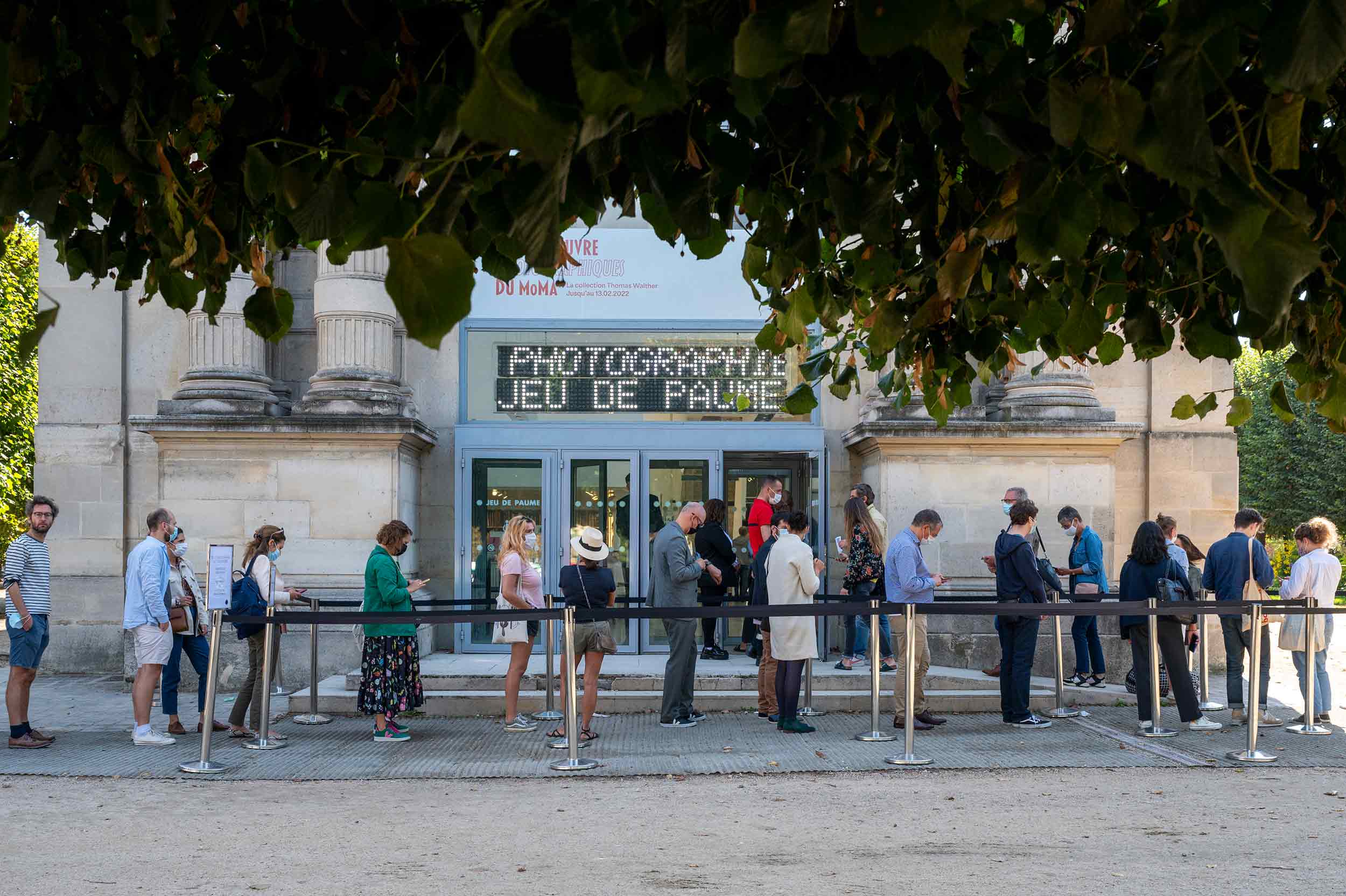
2010
Jeu de Paume has initiated the presentation of historical exhibitions at the Château de Tours. Previously hosted by the Hôtel de Sully in Paris, the Jeu de Paume now showcases donations made to the State and archive collections held by public and private institutions in France and abroad. With a view to developing educational initiatives, the City of Tours, the CCCOD – centre de création contemporaine olivier debré, Jeu de Paume and Tours University have joined forces to set up specific programs focusing on the transmission of the visual arts in Tours.
